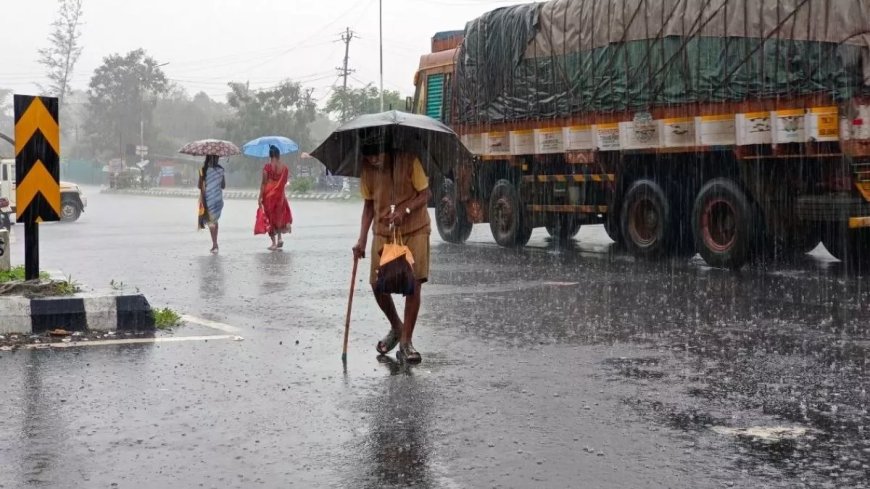Monsoon In India: Monsoon returned from India four days after the normal date, IMD informed
Monsoon has now withdrawn from India. IMD has shared this information. The India Meteorological Department (IMD) said the southwest monsoon has completely withdrawn from India on Thursday, four days after October 15. It started withdrawing from India on 25 September, 8 days later than the normal date.

The India Meteorological Department (IMD) said the southwest monsoon has completely withdrawn from India on Thursday, four days after October 15. It started withdrawing from India on 25 September, 8 days later than the normal date.
Usually, the southwest monsoon makes its onset over Kerala by June 1 and covers the entire country by July 8. It starts retreating from northwest India around 17 September and retreats completely by 15 October.
Usually, the southwest monsoon makes its onset over Kerala by June 1 and covers the entire country by July 8. The south monsoon begins to retreat from northwest India around 17 September and withdraws completely by 15 October.
"The southwest monsoon has withdrawn from the remaining parts of the country today, October 19," the IMD said in a statement.
It said that with the onset of easterly/northeasterly winds over southern Peninsular India, northeast monsoon rainfall activity is likely to commence over the region in the next three days.
However, in general the initial phase of Northeast Monsoon is likely to be weak.
India recorded "below average" cumulative rainfall in the four-month (June-September) monsoon season amid strong El Nino conditions - 820 mm compared to the long period average (LPA) of 868.6 mm.
The IMD said positive factors, mainly the Indian Ocean Dipole (IOD) and the Madden–Julian Oscillation (MJO), mitigated some of the deficit caused by El Nino conditions and resulted in "near normal" rainfall.
Before 2023, India had recorded "normal" and "above normal" monsoon season rainfall for four consecutive years. Rainfall between 96 percent to 104 percent of LPA is considered normal.
El Nino conditions – a warming of water in the Pacific Ocean near South America – are associated with weaker monsoon winds and dry conditions in India.
The IOD is defined by the difference in sea surface temperatures between the western parts of the Indian Ocean near Africa and the eastern parts of the ocean near Indonesia.
The MJO is a large-scale atmospheric disturbance that originates in tropical Africa and moves eastward, typically lasting 30 to 60 days. It is known to enhance convection in the Bay of Bengal and Arabian Sea.







